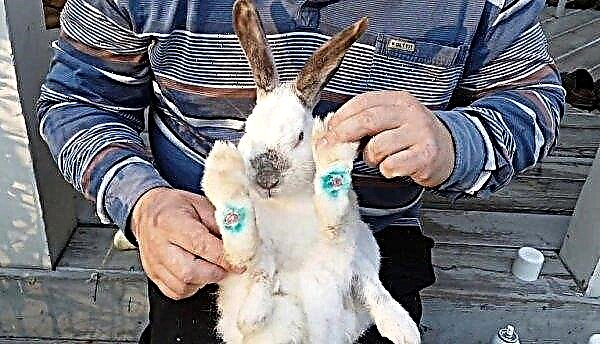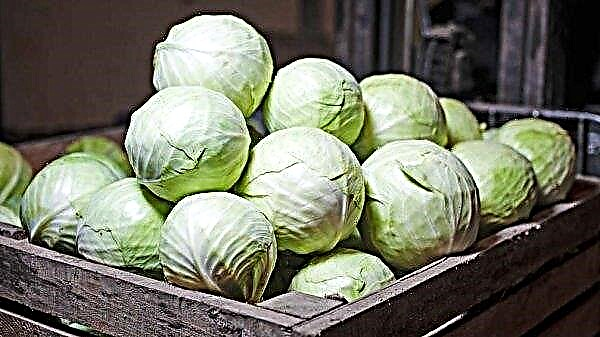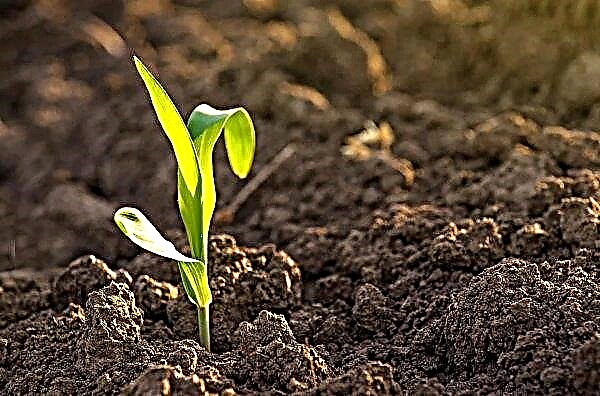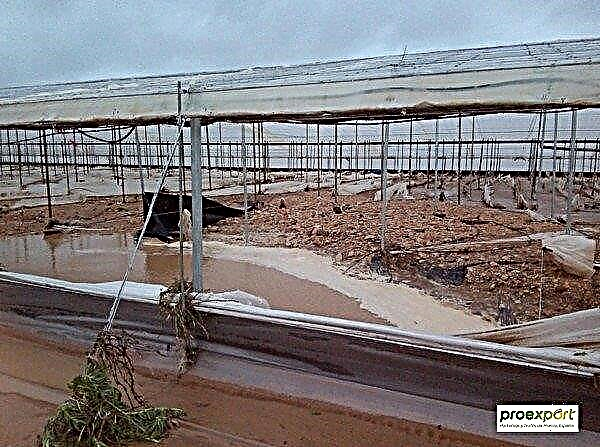When to dig daffodils after flowering and plant depends on various factors. They should be considered when laying a garden with flowers. The time for digging determines the plant variety, growing season and weather conditions. They are divided by flowering period into late, early and middle species. It is extremely important to observe the conditions and storage periods of planting material before planting in a new place. This information can be found in the description of the selected variety.
Do I need to dig daffodils every year
These flowers are quite tender and do not like to be disturbed too often. They prefer to grow for a long time in one flower bed, on average 4-5 years without transplanting and dividing the bulbs. 
It is not recommended to dig up tubers before 5-6 years of stay in one soil. As an exception, you can take planting material 3 years after planting. However, it should be borne in mind that many varieties can weaken and not bloom in the due date for the next year, and some are in a "sleeping" state even 2 vegetative periods after transplantation.
Important! Tubers of daffodils even after falling leaves do not stop breathing and lose moisture. Therefore, you need to dig them out and have time to plant for 1-2 months.
It is not necessary to remove the flower from the open ground for the winter each year and store until the next season.
Only in the following cases is this procedure allowed:
- Planned transplant and reproduction.
- There are suspicions of the presence of root diseases or those found.

The plant tolerates winter frosts well and loves peace. Any unnecessary actions to move and separate the bulbous nests for no apparent reason may lead to its death.
Do daffodils need to be dug after flowering
In those regions where climatic conditions in winter lead to a decrease in soil and air temperature below -18 ° C, daffodil bulbs should be removed after flowering. A tuber in such conditions is not able to produce useful substances for the formation of the kidneys and simply dies.
After flowering, you can dig out and send the onion material for storage in a dry, dark place for wintering when:
- the plant shows obvious signs - the flowers have become small, the leaves are dark yellow;
- after 3 years after planting, the nests have grown and interfere with each other.

The most suitable time is summer (June, July). It is necessary that after flowering at least 50 days have passed. This is the same period when all the processes that lead to the formation of tubers are completely completed. Before planting in the next season, planting material is stored in nutrient soil.
How and when to dig daffodils
Bulb nests grow greatly by the fourth or fifth year of life, they are closely and due to this reduced flowering.
To find out when it is necessary to transplant, the following signs that the flower shows will help:
- yellowed leaves in the growing season;
- the size of the flower has become very small;
- the bush has declined in height;
- buds dry up;
- constantly drying and breaking off the ends of the sheet plate;
- the number of leaves or bulbs on the plant decreases;
- lodging of the bush is observed;
- There are obvious signs of disease (growth slows down, roots darken, bulbs rot and dry, plaque appears on the scales, etc.).

Most often, they start digging for a transplant with a strong growth of tubers. What is directly influenced by the variety and growing conditions. Good for this period is early spring or mid-autumn. Do not rush to dig a flower until the leaves are completely yellow. The process of accumulation of nutrients should completely occur. This can drag on for 2 months, and in wet weather it can take even longer.
Important! The dug planting material is cleaned from damaged, rotten, damaged by pests and diseases of the bulbs. Healthy — washed in running water and incubated for 15 minutes in a solution of potassium permanganate (dark pink) or fungicide.
There are several specific rules on how to dig daffodils:
- Use small pitchforks to avoid injury to bulb nests.
- At the excavated material, the remaining leaves are cut and roots are left.
- Dried in a cool, dark place with good ventilation without direct sunlight for 30 minutes.
- Dry tubers shake the ground.
Video: How and when to dig daffodils
Bulbs retain their viability if the scales are not completely dry even when all the roots have fallen off. So that the plant practically does not feel the transplant, you need to dig out with a lot of earth and carefully.
How to store bulbs before planting
If you don’t plan to transfer to another soil right away, you can store it at home until the fall (September) in boxes in a cool dark ventilated room.It is strictly forbidden to store seed in plastic bags. In a vacuum, the core will rot quickly.
Did you know? In Prussia there was a tradition — the bride and groom took daffodil bulbs from her parents' house and grew them in a new home. She took good care of her because it was believed that the well-being of the family depended on the condition of the flower.
It should be stored only in open drawers in well-ventilated areas or under a canopy in a personal plot. The plant produces toxic gas, which can simply strangle the bulbs, as well as harm the health of people or animals.
It is necessary to create a cool so that the roots do not sprout before the prescribed planting date. The optimum temperature is +17 ... + 20 ° С. Flowers are unpretentious to storage conditions (like tulips) and they can be planted in the open ground both in autumn and spring. On average, it is allowed to keep seed for 1-2 months in storage.
When to plant
To see beautiful buds in the next season, it is best to plant a plant in the fall. The soil should be warm and well irrigated in advance. It is necessary to consider what weather will be on the day of planting, including the presence of rainfall, the best option is to plant on a cloudy day, before the rain. To ensure that the bush is sufficiently rooted, it is advisable to plant before the first frosts occur in 3-4 weeks. The main thing is to ensure that the air temperature does not drop below + 10 ° C for several weeks after the tubers are planted. You can monitor temperature fluctuations using a thermometer. If it has decreased, the seedlings should be covered with fallen leaves.
To ensure that the bush is sufficiently rooted, it is advisable to plant before the first frosts occur in 3-4 weeks. The main thing is to ensure that the air temperature does not drop below + 10 ° C for several weeks after the tubers are planted. You can monitor temperature fluctuations using a thermometer. If it has decreased, the seedlings should be covered with fallen leaves.

For the middle lane, the optimal landing date is the second decade of September. For regions with an early onset of frost and a harsher climate, the best period is the end of summer.
Is it possible to dig daffodils on the growing moon
The growing moon is a favorable period for planting and replanting plants with above-ground shoots, which include daffodils. If you plan to immediately transfer the culture to another place after digging out of the soil, it is allowed to do this with the growing moon.
Did you know? In total, there are about 13,000 hybrids of daffodils in the world, and the original species — only 54.
Is it possible to dig daffodils in August
It is not advisable to dig a flower in August, since this is the most favorable period for planting it, especially the second half of the month. It is at this time that the active root growth takes place. When removing and replanting daffodils, you should know that the buds of future flowers are laid when the soil warms up to +16 ... + 18 ° С.
On average, 2–4 bulbs are formed per year. A signal for digging and transplanting is the poor flowering of the plant. It is allowed to dig out after 4-6 years, but not earlier than three years after planting, only in the case of receiving planting material for reproduction. In other circumstances, it is better not to touch the flowers. They are moody and like peace, otherwise they may not bloom in the next season. Well take root for a long time in one soil.












